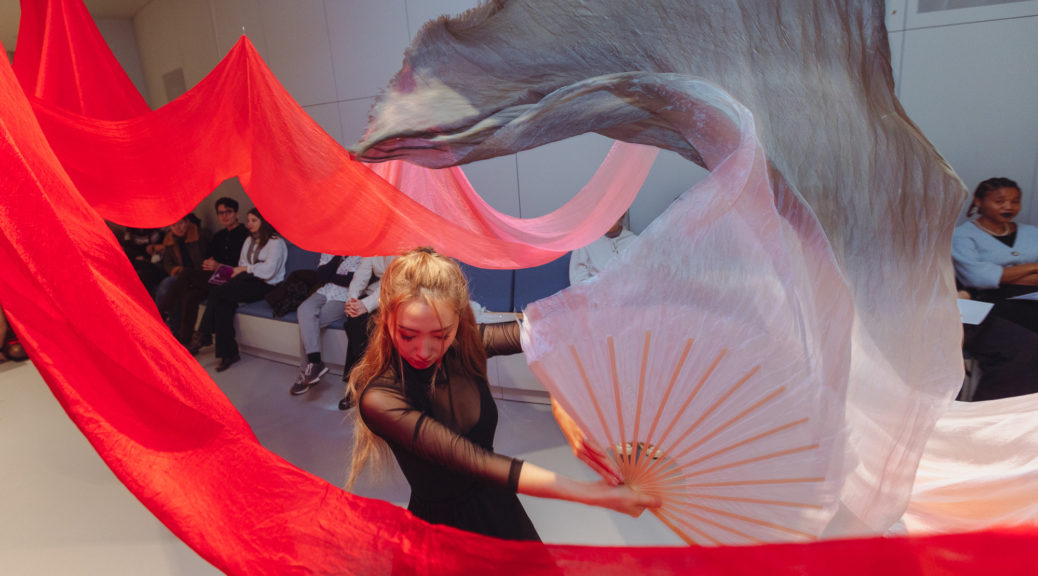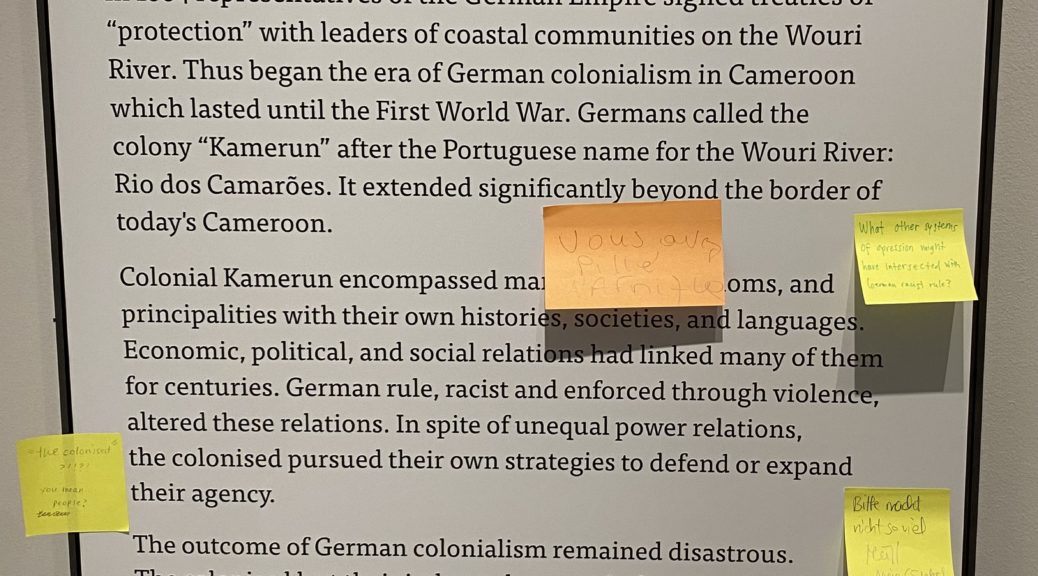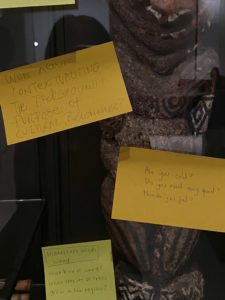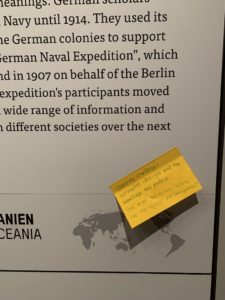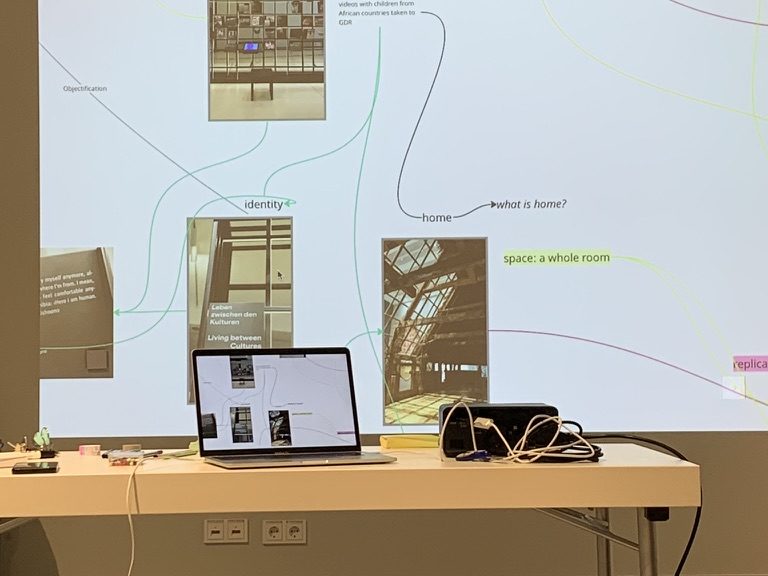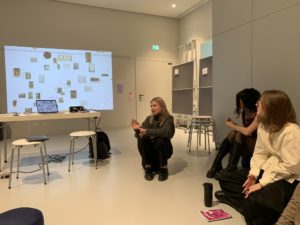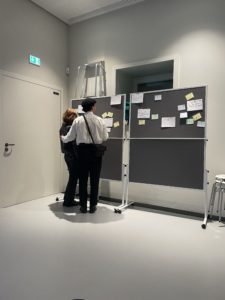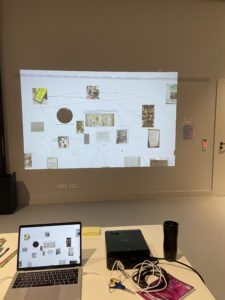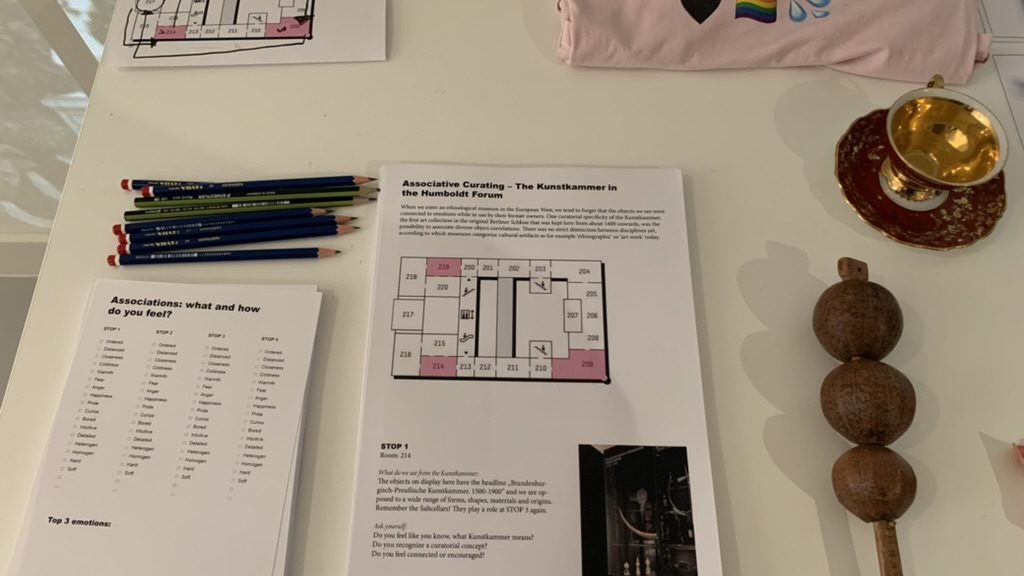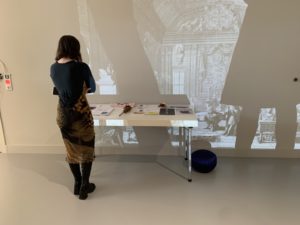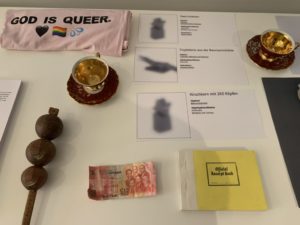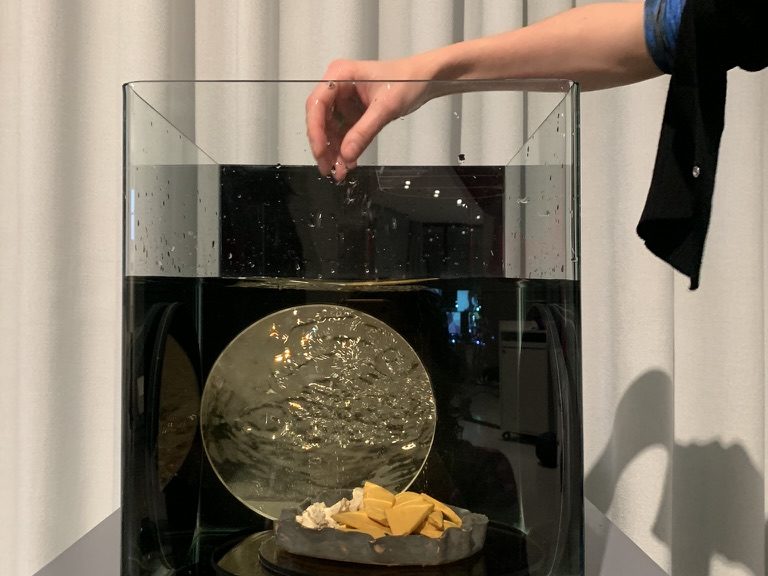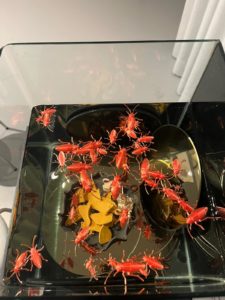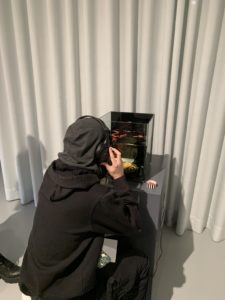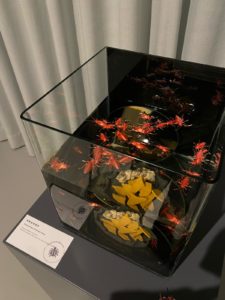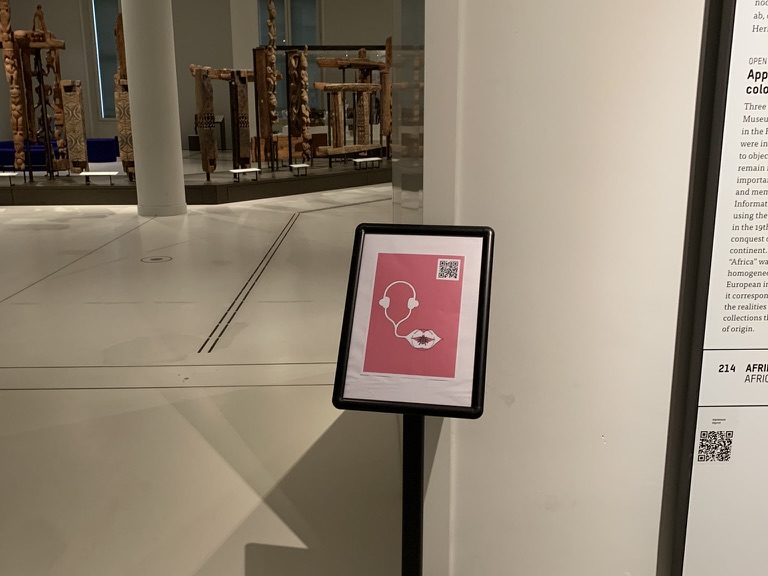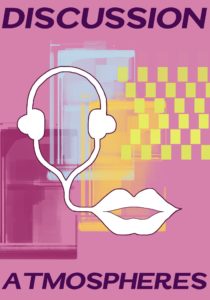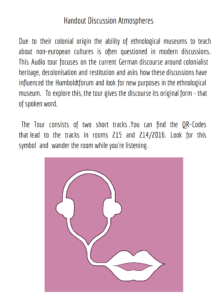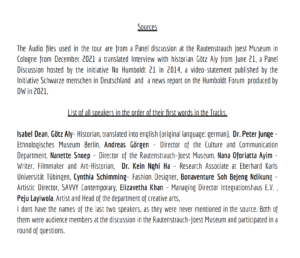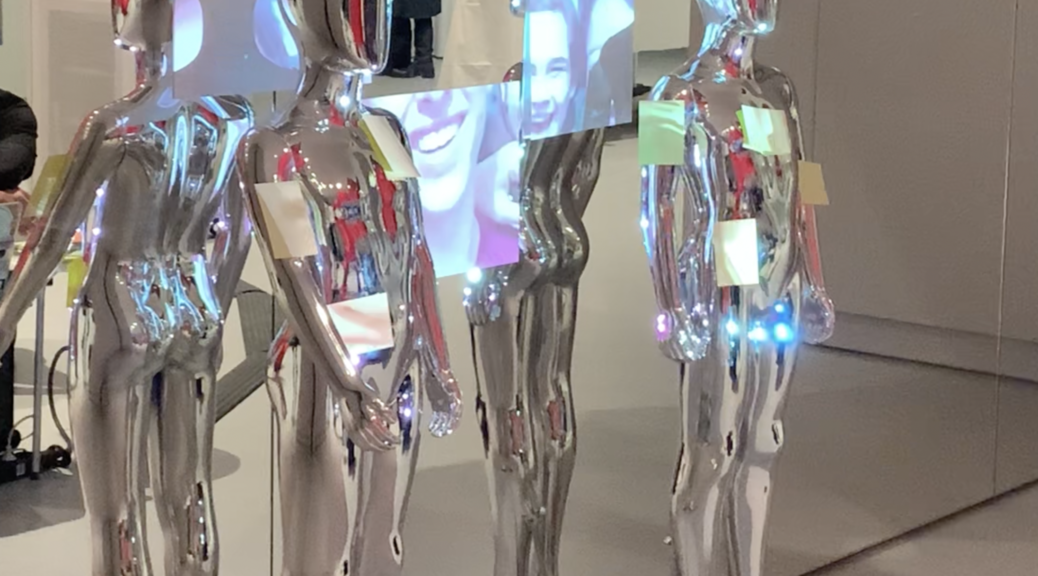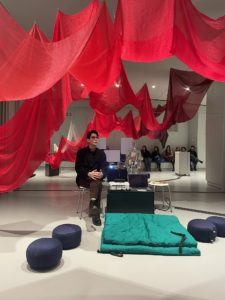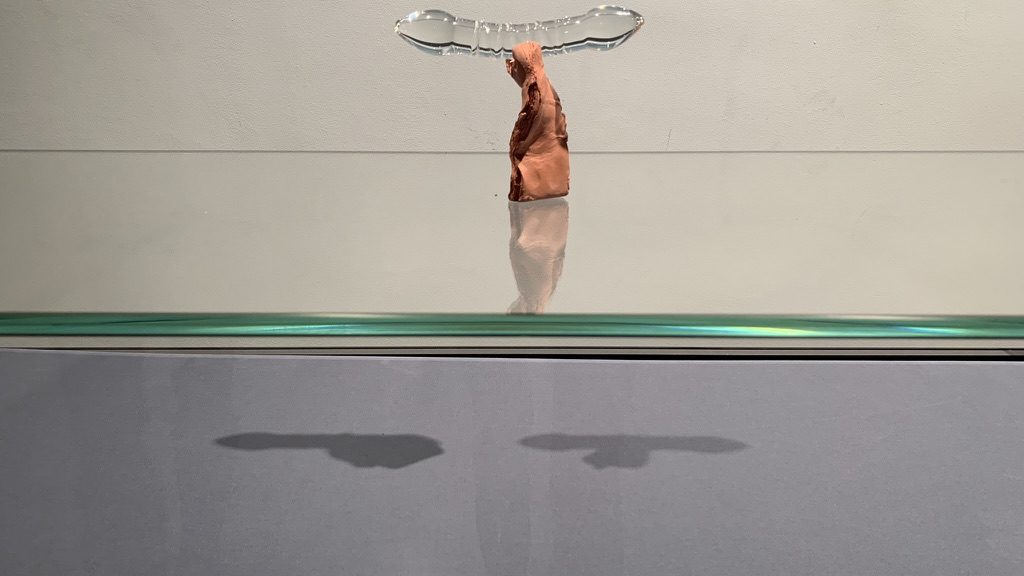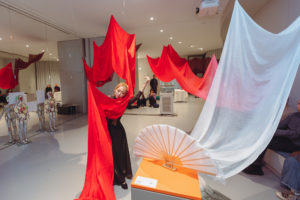
This performative installation aims to challenge the static nature of object display within ethnological museums and reevaluate the way audiences interact with cultural artifacts. By embracing movement, performance, critical voices, and alternative forms of knowledge, it seeks to deconstruct a traditional model of museal display.
My work questions the fixed stillness of objects, here using fans as objects that are omnipresent in most ethnographic collections. It explores alternative ways to convey their cultural significance and vibrancy. I seek to “breathe” life into the objects and encourage a more immersive and engaging experience for visitors. By showcasing the reciprocal relationship between the body and the object, it aims to empower visitors to reclaim agency in exhibition contexts. Through a tactile display and a performance that demonstrate how the body moves the object and how the object moves the body, I invite visitors to consider the symbiotic relationship between Qi (Chinese concept of vital energy and force), culture, movement, and materiality. By creating spaces for tactile interaction, I aim to redefine the relationship between the audience and the objects, fostering a sense of connection and intimacy.
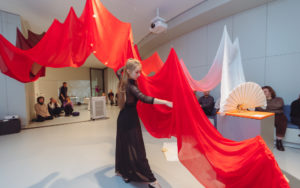
My work aims to contribute actively to creating performative environments that dissolve a separation between performers’ or artists’ bodies and the assembled bodies of spectators. This signifies the collapse of a simple diametric power structure and disperses power relations to the micro level of multiple interactions and endless possible encounters. I recognize the emerging significance of performance within ethnological museum contexts, yet find that it is still often overlooked or underrepresented. My contributions therefore aims to bring performance to the forefront, acknowledging its value as a form of cultural expression and representation, creating awareness for this non-normative way of creating knowledge.
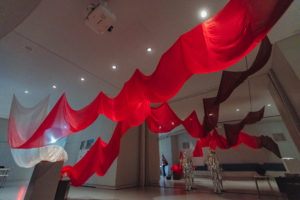
Format: installation and performance
Materials: silk fans, veils, plinth
About the contributor:
Jiaying Gao is a PhD student in the Advanced Practices programme (Visual Culture department) at Goldsmiths, University of London, UK. She is also a dancer, choreographer and curator. Her research investigates the intersection of body perceptions and the archive, particularly within the frame of dance museums. She has extensive research experience in the field of Chinese dance, as well as cultural and ethnic policies and their impact on social and economic development at local, national and international levels. Jiaying is currently undertaking a practice-based project that aims to extend and reflect the performativity of identities and affect in dance archives and has curated several dance exhibitions.
